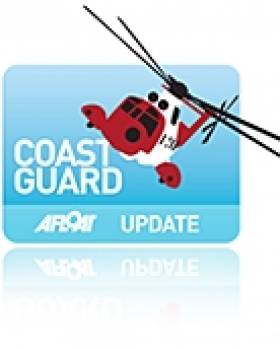Displaying items by tag: Smartphones
Irish Coast Guard's New Smartphone App Aims to Save Lives
#COASTGUARD - A new smartphone app from the Irish Coast Guard could save dozens of lives, as the Irish Independent reports.
The new technology allows the coastguard to track vessels at sea, and automatically prompts a search and rescue effort if they do to return to port as expected.
"The whole idea is to encourage mariners to inform us when they are going out to sea," said Malin Head district commander Derek Flannery. "When and where they plan to go, when they plan to return and how many are going."
It is hoped that the new app will encourage seagoers to me more conscious of altering emergency services to their movements, in the wake of very recent tragedies off Spanish Point in Co Clare and the Beara Peninsula in West Cork.
They system works by asking mariners to input details about their excursions - such as destination and expected return time - into the app before they set off. The app will also track the vessel's movements via GPS.
"We'll text the boater to remind them to check in but if we don't get a response we can send out a crew," added Flanagan.
According to TheJournal.ie, the iPhone-only app is currently being trialled by sailors, divers, fishermen, powerboaters and pleasurecraft users throughout Ireland, and there are plans to develop the app for a range of smartphones.
“Getting to casualties early is the key for our search and rescue units," said Dublin Bay North TD Seán Kenny. "This new app has the potential to get our resources on-scene as quickly as possible which will in turn save lives.”





























































